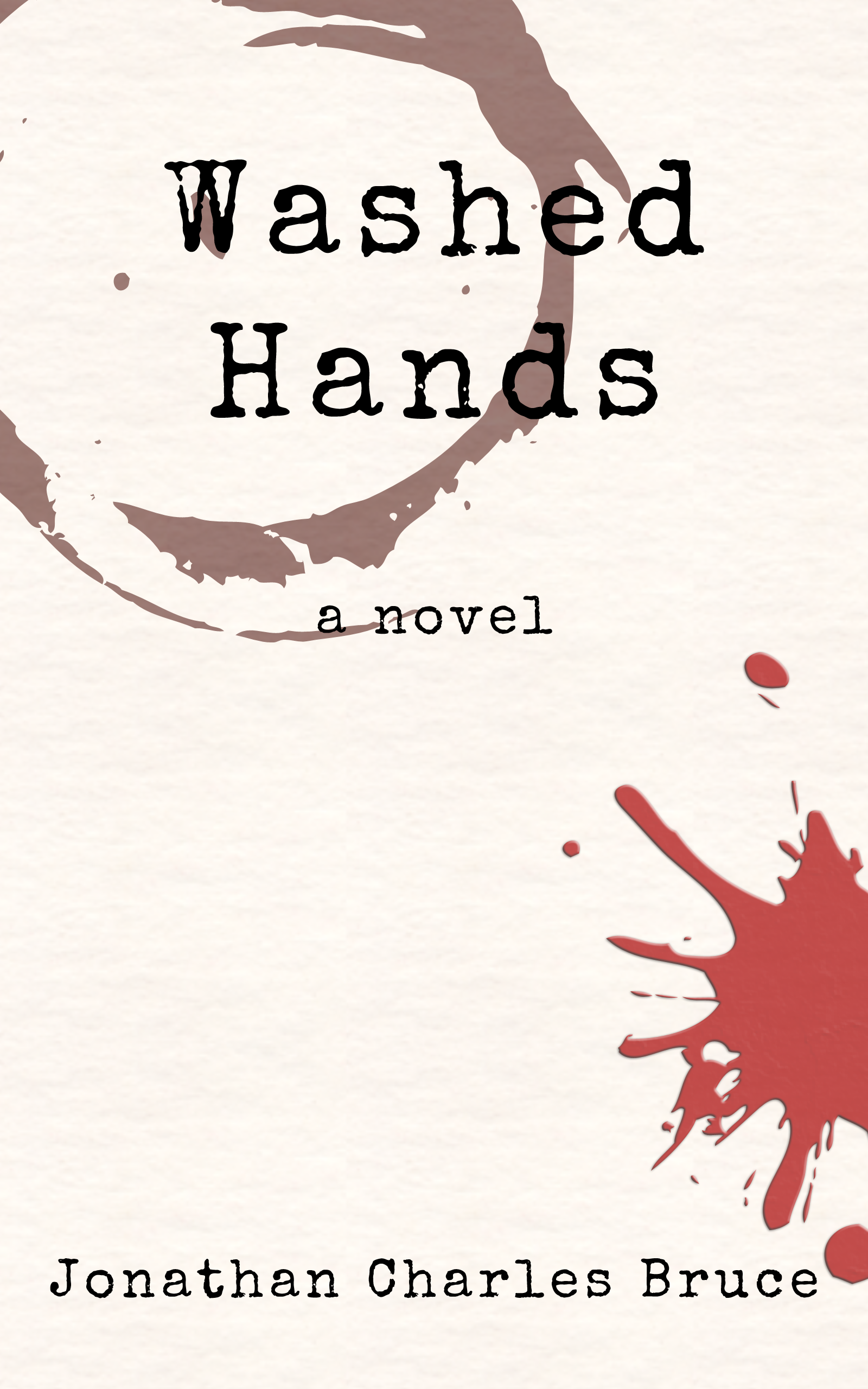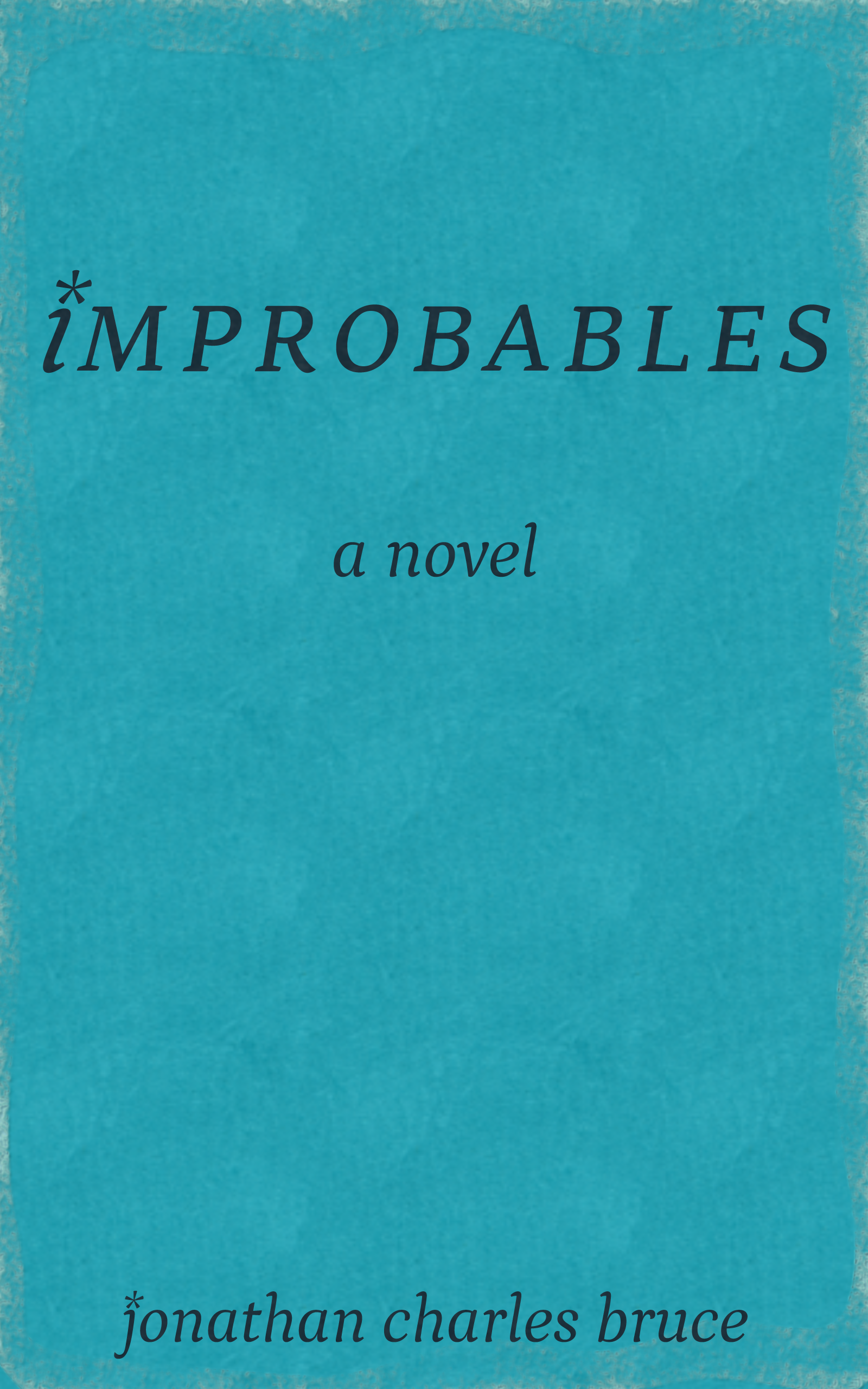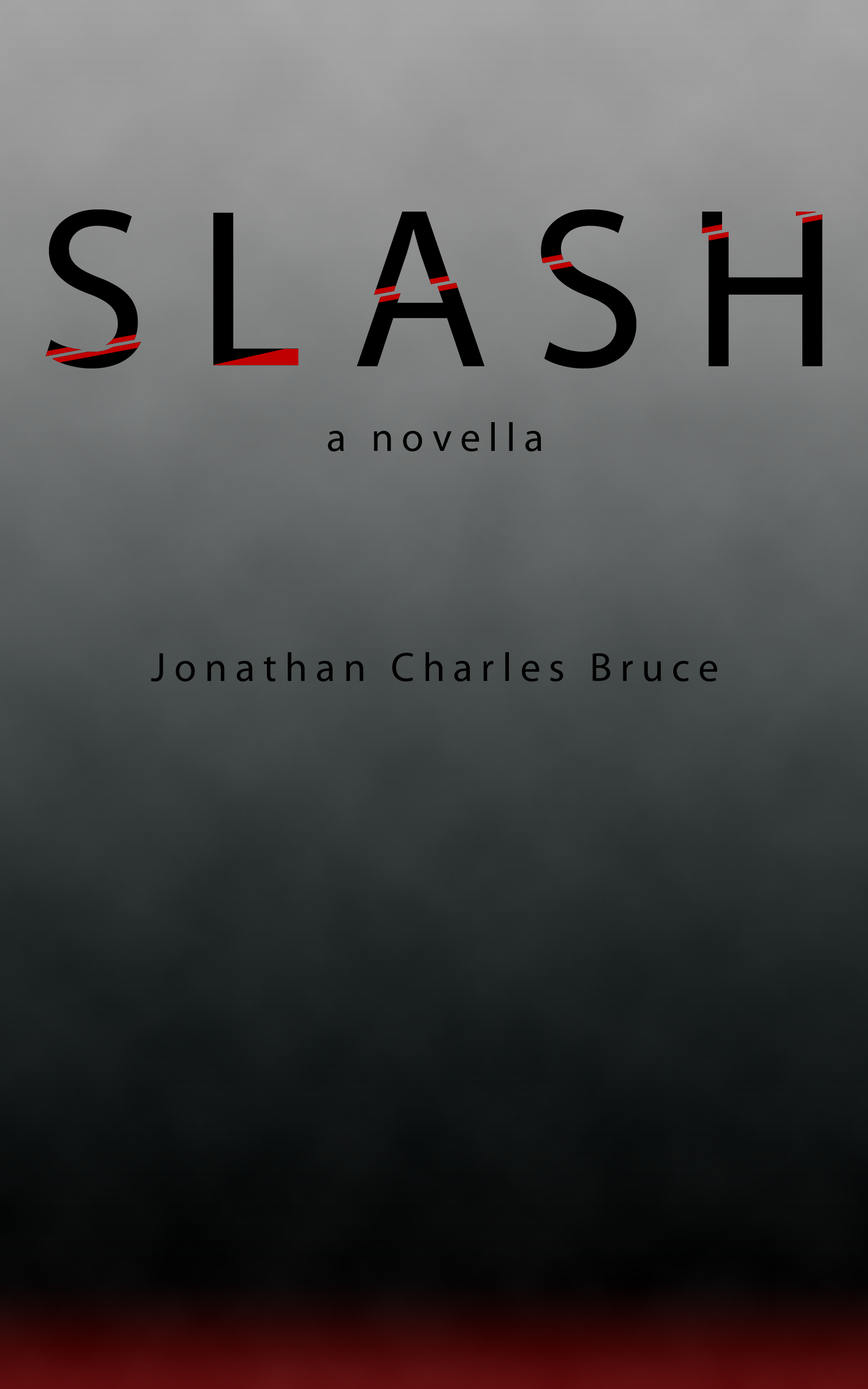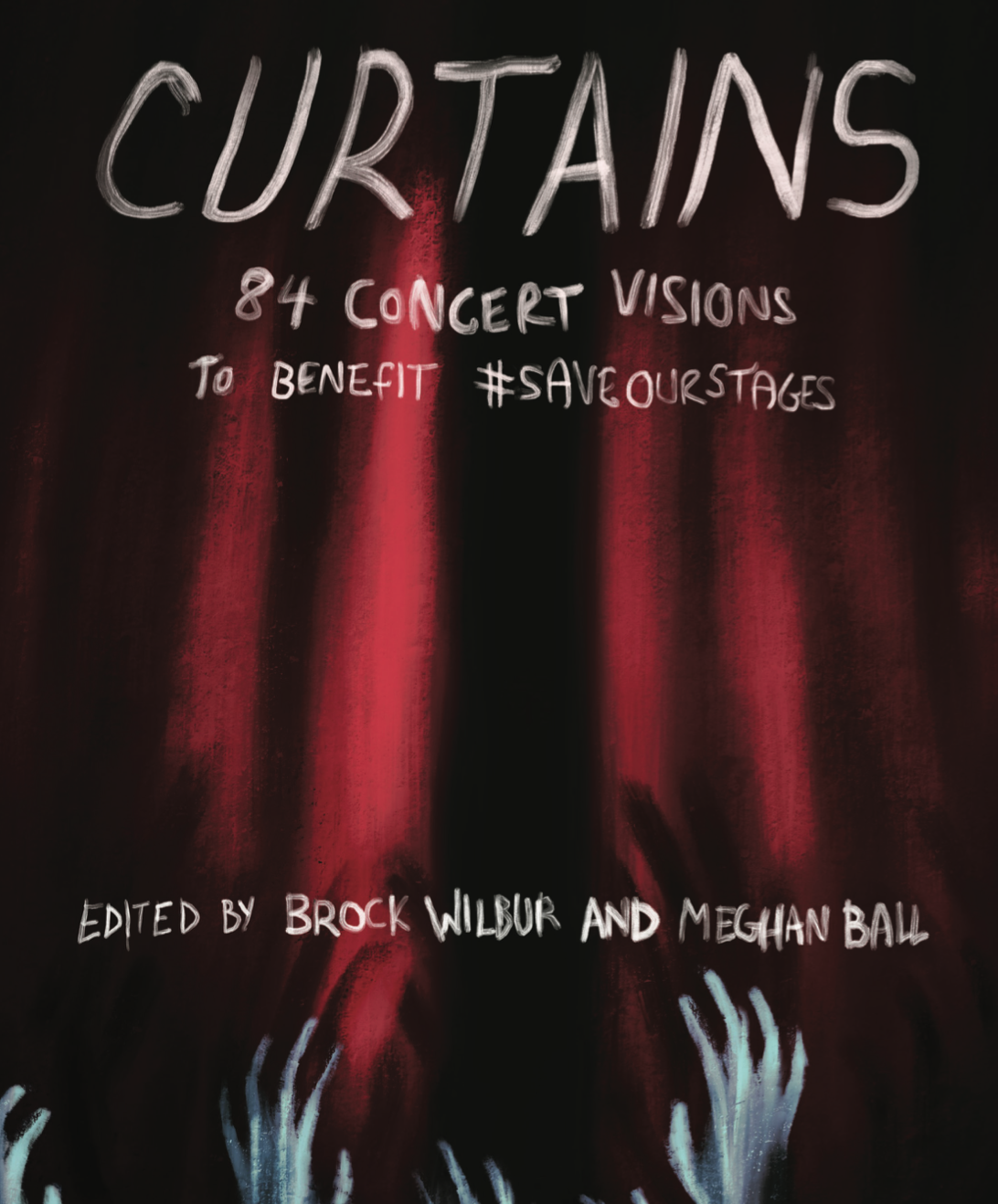Slash
Bonus Features
Last Friday marked the completion of Slash, a 20,000-word jaunt inspired quite a bit from the slasher films of the 1970s and 80s. Since something weird compelled me to update on Fridays (well, it was Friday the 13th when I started), it’s been a bit of an odd update cycle. In an effort to get back into the swing of things and link back to my most recent, absolutely vital contribution to the English-language canon, here’s some delicious content you’d normally only find (and never watch) on those special-edition DVDs you spend too much money on!
Also, too, I just found out that, according to arbiter of all knowledge Wikipedia, Slash is a novella. The more you know!
Just like those never-watched features, though, you should probably not read this until you’ve actually enjoyed the main feature. So… um… go do that now. Please.
Inspiration
The initial itch to write Slash came from my time playing the game Dead by Daylight. You have the option of playing one of several supernatural serial killers as you chase down survivors. The game is heavily influenced by the “rules” of slasher movies, where both survivors and killers given advantages and weakness to fit various archetypes of the genre.
The more I played, the more I remembered how much I used to enjoy the movies DbD pays homage to. I especially loved the way that they made the gestures and caveats of the movies into gameplay decisions. For example, running as a survivor generates a trail that can be followed by the killers but is invisible to other survivors, leading to moments of clairvoyance on the part of the stabber-to-be.
With the game reminding me of the thrills of my first illicit viewing of Jason Takes Manhattan in a very different way, I began to explore what really attracted me to these films in the first place. Although I enjoyed the cartoony elements of later entries in these franchises, the first movies are routinely the ones I find the most rewarding. First films are largely unencumbered by the lore a series develops to justify its continuing existence. It’s a far more direct experience that is less prone to self-parody and grinning winks to the audience.
Like I do with most of my long form work, I sketch out the major beats in my head. And while I would have to write an origin story with all those ins and outs in mind, I thought the idea of a sequel being less plot-driven was an intriguing idea that I took as a challenge. What if the first entry canonically takes place after an initial killing spree? What if there was established lore that the audience and characters couldn’t take for granted? What if someone meant to die didn’t?
Thematically, it should come as no surprise that Halloween is the franchise that had the heaviest influence on the direction that Slash took. And it isn’t just because Michael Meyers is in Dead by Daylight! I always found that the family dynamic between Meyers and Strode was a key element that drove not just the narrative, but a greater meaning to the story. Rather than a typical story about largely faceless teens being punished for having the audacity of being teenagers, there was something far more unsettling about the Strode v. Meyers campaigns.
Whether it was a statement on diminishing familial bonds in suburban landscape that inspires distance or simply a parable about bad seeds, Halloween stuck with me in ways that others didn’t. Krueger’s dream mastery provided fearsome symbolism of parents’ inability to protect their children entering adulthood. Mrs. Voorhees’ wrath reminded us that we must protect the weakest among us. Meyer’s bleached William Shatner mask gave us proof that idyllic domesticity and “family values” are mere surface-level pastiche, and that the cruel walk among us.
The Killer
In my other work, I focus quite a bit on deconstructing notions of heroism and masculinity. This featured heavily in my approach of making Morgan. I wanted to create a “monster” that had, on its surface, a recognizable heroic surface that combined with his brutality to unsettle the reader. I thought that a firefighter would fit the mold perfectly. On top of that, the uniform—along with its reflective, face obscuring visor—allows the audience to project their own fears onto Morgan. Such a facet is often referenced in literature on iconic masked killers, from Jason Voorhees’ hockey mask to Michael Meyers’ bleached William Shatner face.
The first part of this served to help define Morgan’s backstory. To me, Slash’s killer was the dangerous extension of those who define themselves solely as one thing—in this case, someone who has invested all of his self-worth into a perceived role of protector/savior. Such a personality is easy to threaten, and often with explosive results. This dovetailed to create the idea that Morgan wanted desperately to help people as a firefighter… not because he wanted others to thrive, but because his own identity and worldview hinged on it. When that was denied to him, he manufactured a situation where he could play the hero, only to supposedly perish in the attempt.
This also lent itself to an interesting set of weaponry. The fire ax was on obvious choice, though made even more intimidating by including a supernatural element of fire. Secondly, the pikepole grants the killer a longer reach while inflicting pain. Between the two, there is a distinct sense of malevolent sadism on display. Decked out in his gear, weapons at the ready, Morgan cuts an intimidating, recognizable silhouette.
At his basest, Morgan is a supernatural hunter, using heightened senses to smell the blood of the wounded. He stalks when being watched, though out of sight he sprints so fast as to appear to teleport. He still wants to be the hero to one unwitting victim (even if it is literally saving them from him), and as such baits traps with human beings so as to draw his real target out of hiding.
The Final Girls
In most horror movies, some unwitting protagonist finds herself in the crosshairs of a supernatural baddie with a grudge. In Slash, the role is filled primarily by Olivia. In the earliest drafts, Olivia had a rich social network that would serve as the pool of victims. Best friend and worst enemy were slated to make an entrance followed by a bloody exit. However, I quickly moved away from that when it became apparent that the story I wanted to tell, in part, was the development of the relationship between Olivia, the stranger, and Morgan.
As such, Olivia became the new girl in town. By doing that, it allowed me to avoid defining her by her established friends or enemies. While the presence of Olivia’s friends wouldn’t have overwritten her, the relatively compact nature of the narrative means less time with the protagonists. I also wanted to stay away from some of the more obnoxious tropes of good vs bad girl, especially since horror movies tend to clunkily make moral judgments over who gets to live and who dies.
Olivia is snarky and resists authority, revealing that she finds school largely an ordeal to be suffered through than anything else. She isn’t a rebel, per se, but she still resents limitations. This extends to her peers as well; although she makes friends quickly, she nevertheless finds herself the odd woman out when she resists other students’ pushes. Overall, Olivia is a bit of a homebody, preferring anonymity to accolades and an evening at home to parties. When she does venture out, it is usually the work of others or her own need for company that compels it.
Rebecca, the stranger, is the return of the final girl from the prequel that never was. Her experience has made her wary and sharp, prone to lashing out as a means of survival. Despite her apparent disdain for attachments, some deep sense of loyalty prevents her from abandoning certain others to their fate. Much of Rebecca’s character is a rumination on what would happen to the survivor of a slasher film once the credits roll if they were unable to get the support they need. She turns inward, withdrawing from those around her, convinced that the seemingly invincible monster still walks among the living.
She happens to be right, obviously.
A major way that the two protagonists end up being substantially different is their relationship with authority. As mentioned, Olivia is not super keen into the idea of overt discipline. While Rebecca developed a deep distrust of it since the police refused to believe her about Morgan’s survival, her rant about being a straight-A student, as well as her behavior, shows an adeptness with understanding and navigating rules. As a survivor, she who knows how Morgan operates and why he does what he does.
As a devoted student, however, she creates and maintains the “rules” to follow. In building this mental codex, it is clear she has relived the horror she lived through multiple times to best understand what happened in a way she could process and use to keep her alive. Her world was supposed to operate with rules; even now, she tries to define what they are so as best to come out the other side intact.
One of the things I really enjoyed in writing Slash was getting to write how these two grew as people. Like any good horror movie, the plot followed each crescendo with a lull wherein the characters interact in a slightly calmer moment. Here, we see the result of these two coming to depend on one another and how neither really enjoys the prospect. Over time, they soften and develop the beginnings of earnest friendship, albeit one that is strained by the context in which it was created.
And, of course, when we get to Part Six, it’s a wounded Olivia on her own against tireless, pitiless Morgan. Her survival depends on taking what Rebecca taught her and mixing it with her own ingenuity. The juxtaposition of her point of view with that of the wounded and dying Rebecca is meant, naturally, link the two final girls with the ultimate purpose: to eliminate the relentless Morgan once and for all. It’s no accident that Rebecca only dies after the deed is done and she can move on.
Of course, Part Seven’s finale attempts to put our previous expectations on their head.
The Finale
Dead by Daylight’s plot—though largely unobtrusive—features a malevolent force called The Entity, a hope-devouring eldritch thing that creates supernatural killers to siphon off the souls of survivors caught in its domain. Films like Freddy vs. Jason toyed with a hell that bridged franchises and Wes Craven’s New Nightmare brought forth an unknowable force that adopted the form of Freddy Krueger in our reality.
What I really like about all of these things is that they all suggest or outright portray a method to the madness—perhaps unknowable, but no less threatening. The very existence of one of these inhuman serial killer is a walking ontological crisis, a direct affront to a kind god while still suggesting sinister awaiting beyond death. It’s a theme that I really enjoy exploring—even in Improbables, itself not horror, the final confrontation implies similar, dangerous machinations beyond our understanding.
In Slash, Rebecca’s experience with the malefactor beyond the veil is to suggest that our own reality is being manipulated by others for an unknown (but clearly violent and hungry) end. Morgan, unwittingly or no, is an agent of the creature, dutifully serving up victim after victim. It’s a moment of Lovecraftian, cosmic horror within the slasher context.
It also provided a unique opportunity to explore one of those questions I came up with earlier: what if someone meant to die in one of these films didn’t? Rebecca, stubborn survivor, would naturally resist the attempt to be devoured. This buys enough time for Olivia to resuscitate her, pulling her back to our world. But in doing so, Rebecca has been changed; having seen and survived an attack by the thing using Morgan as a conduit, she carries some of the supernatural energy powering her brother.
This doesn’t end well for the antagonist. Although Rebecca suppresses most of her death dream (wouldn’t you?), she has been forever changed. Something that, should I ever seek to return to this genre, is an interesting thing to keep in mind.
And finally, the image of the two survivors watching the sunrise, I feel, is the perfect image to end on. It conveys hope and rebirth without falling into the “promise” of a sequel, thus invalidating the point of an ending in the first place. Just ignore the fact that I did just point out that there is a sequel hook.
Or not.
It’s up to you.
* * *
Thank you all so much for reading this far! I appreciate you reading and sharing Slash if that’s what you did. I further appreciate you indulging in this admittedly masturbatory exercise. If you like my writing, consider giving one of my novels a try! One just got 25 stars on Amazon, which means that at least 25 people read it! If that doesn’t sell you on it, I don’t know what would.
< PREVIOUS ENTRY • NEXT ENTRY >
Advice • Fiction • Gaming • General Musings • Reviews





